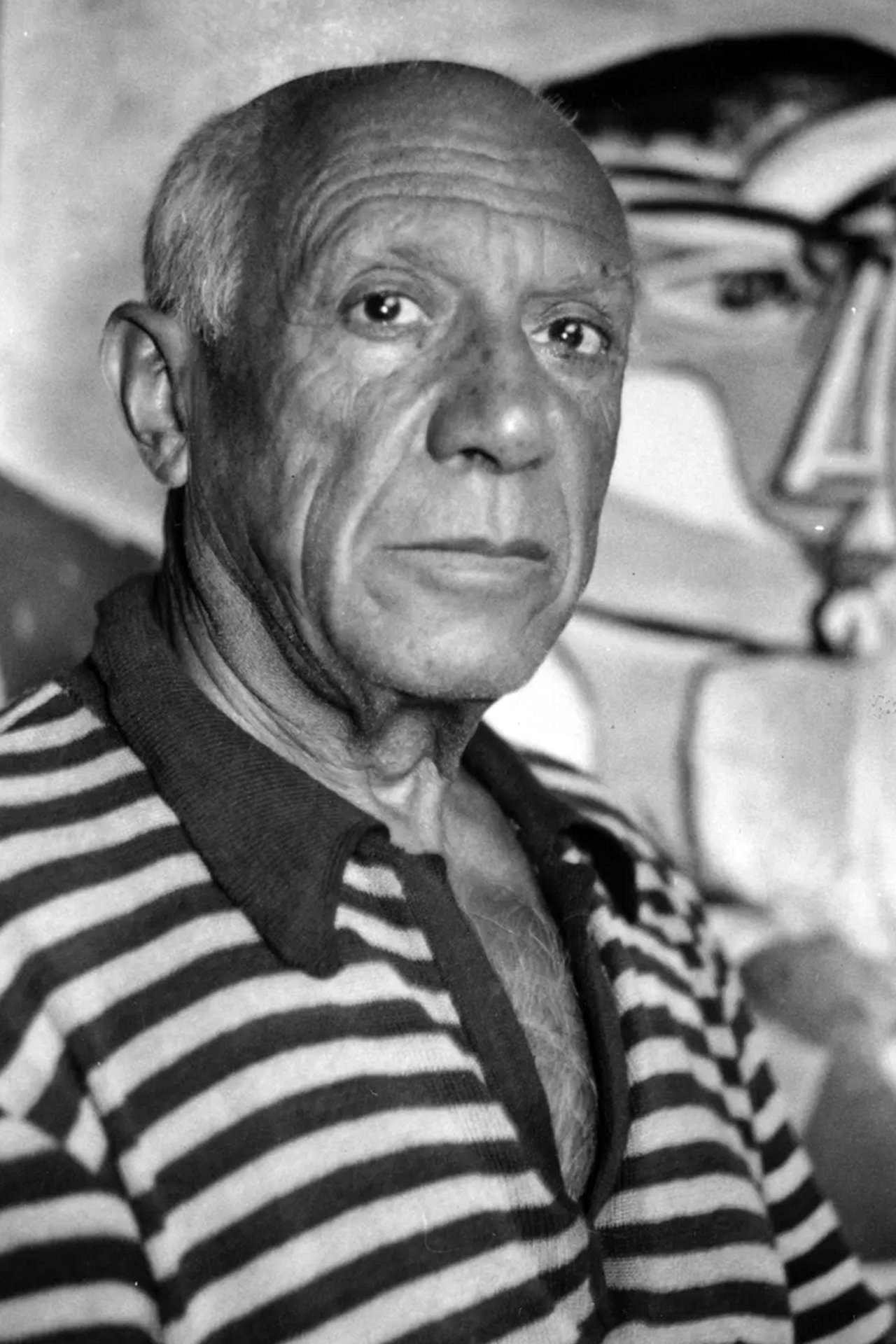
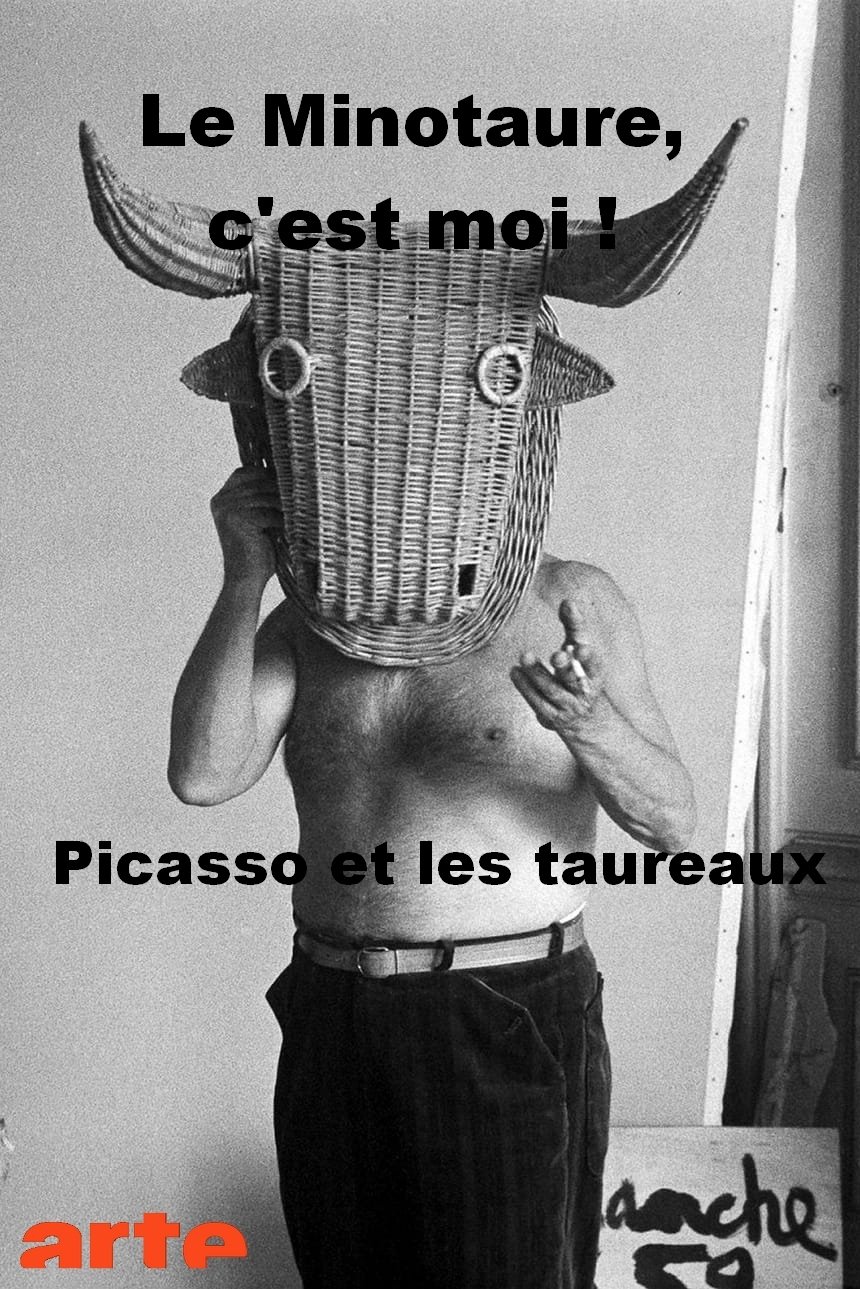
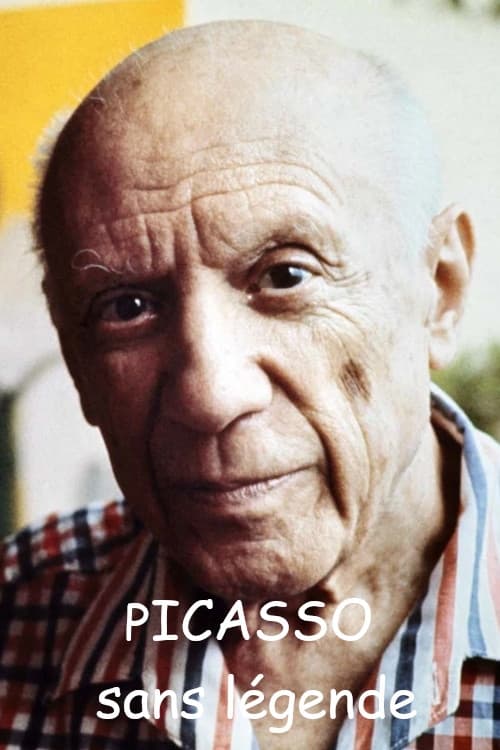
Involved in the Spanish Civil War, threatened by the Nazi occupiers, glorified at the Liberation, starred during the Cold War: is Picasso's magnified aura really in tune with reality? Without denying his genius, Manuelle Blanc examines the heroic figure of the artist in the Resistance, sifting through the reality of historical events and his actions. Drawing on archive footage and the insights of specialists (academics, critics and art historians), her film sheds light on the weaknesses, contradictions and ambiguities of the man who remains, half a century after his death, an undisputed icon of modern art.

In 1950, Picasso was offered a room that had once been used as a chapel in his hometown of Vallauris. He pictured turning it into a “pagan site for a unique cult” that would “unite all the people and be dedicated to peace.”
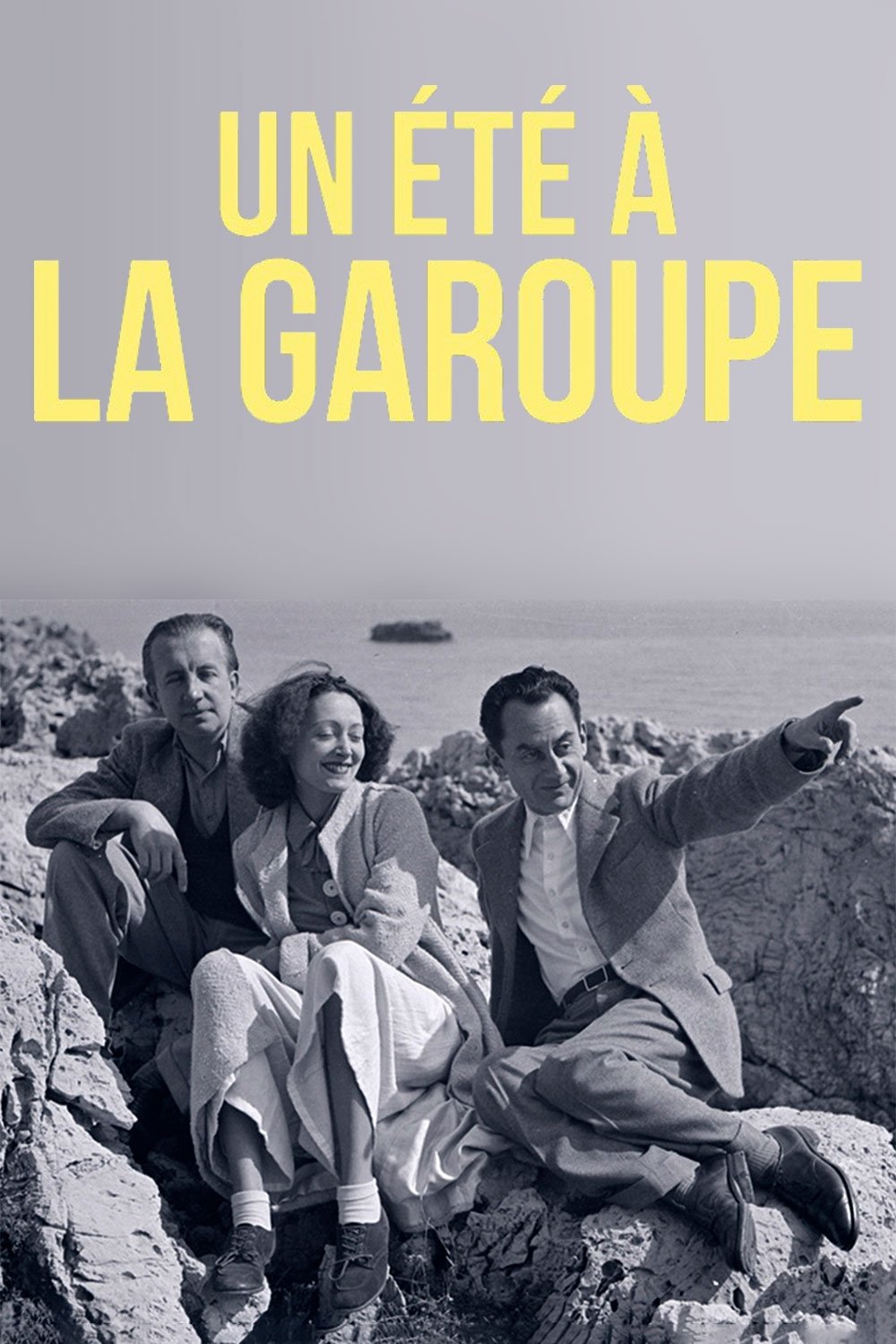
La Garoupe, a beach in Antibes, in 1937. For one summer, the painter and photographer Man Ray films his friends Pablo Picasso, Dora Maar, Paul Eluard and his wife Nusch, as well as Lee Miller. During these few weeks, love, friendship, poetry, photography and painting are still mixed in the carefree and the creativity specific to the artistic movements of the interwar period.
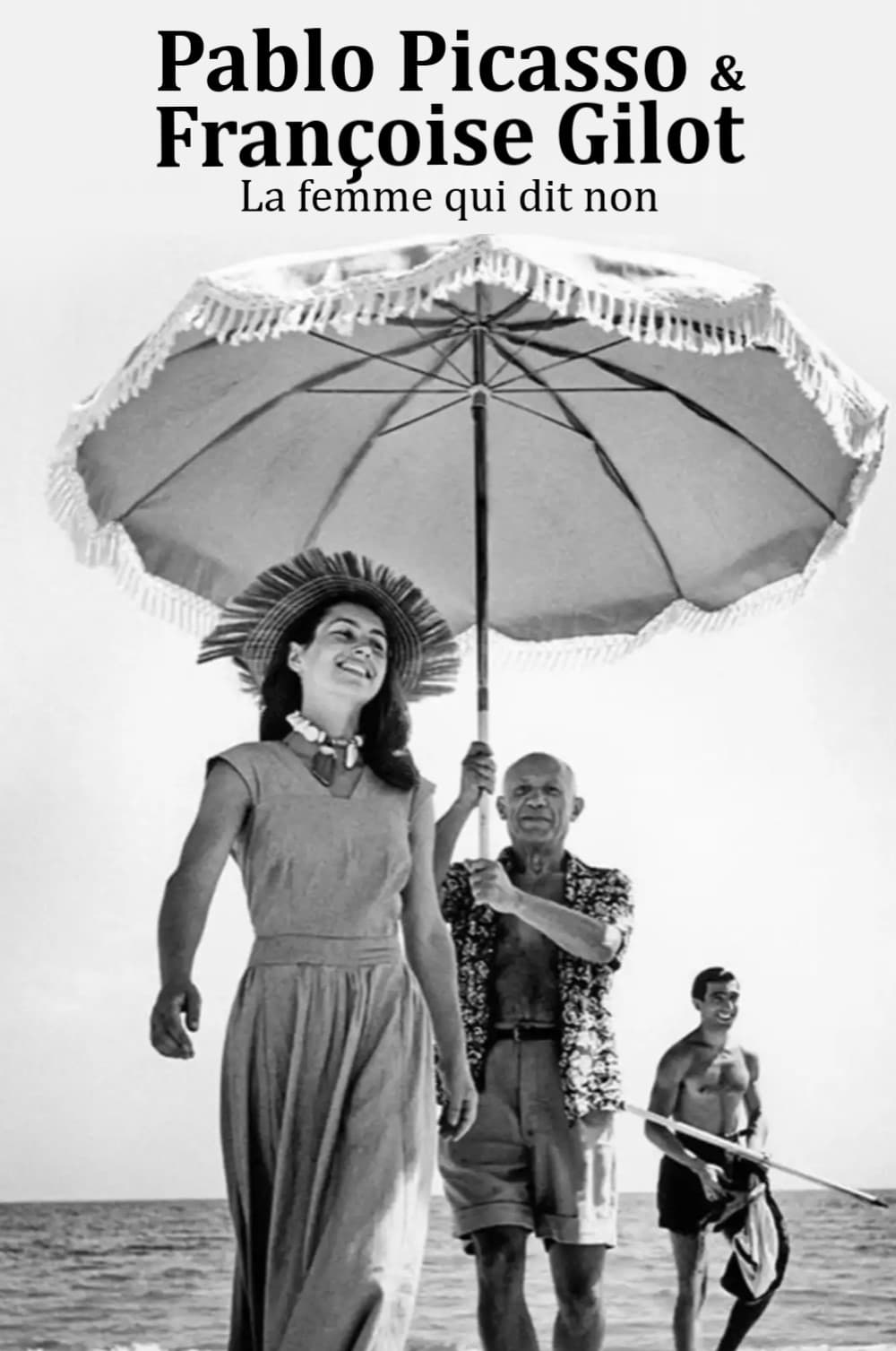

Many twentieth century European artists, such as Paul Gauguin or Pablo Picasso, were influenced by art brought to Europe from African and Asian colonies. How to frame these Modernist works today when the idea of the primitive in art is problematic?

In 1906, Georges Braque and Pablo Picasso were 24 and 25 years old. The Butte Montmartre is their Parisian sanctuary where artists in need of recognition meet. Braque and Picasso become friends to the point of never leaving each other. For the moment, their paintings do not interest many people; only Apollinaire, then aged 26, and the young gallery owner Daniel-Henry Kahnweiler, 22, saw immense potential in them. And in addition to their passion for painting, these four inseparable boys share the same appetite for modernity. Collages, diversions of materials and geometrization of forms: cubism opened the way to abstraction. A revolution initiated by Picasso and Braque, which profoundly changed the course of the history of modern art.
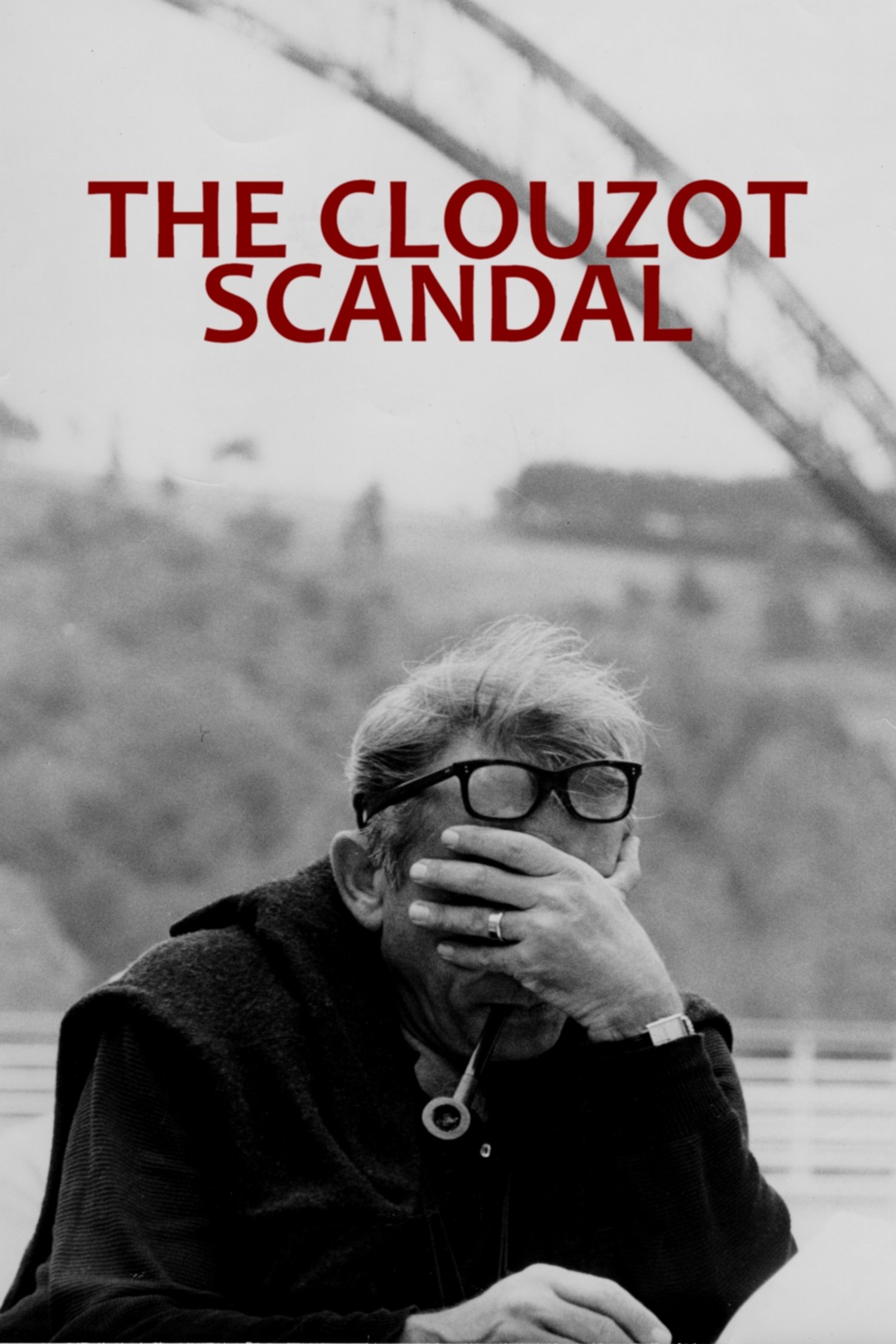
Great filmmakers claim the artistic influence of French director Henri-Georges Clouzot (1907-1977), a master of suspense, with a unique vision of the world, who knew how to offer both great shows and subtle studies of characters. Beyond the myth of the tyrannical director, a contrasting portrait of a visionary, an agitator, an artist against the system.
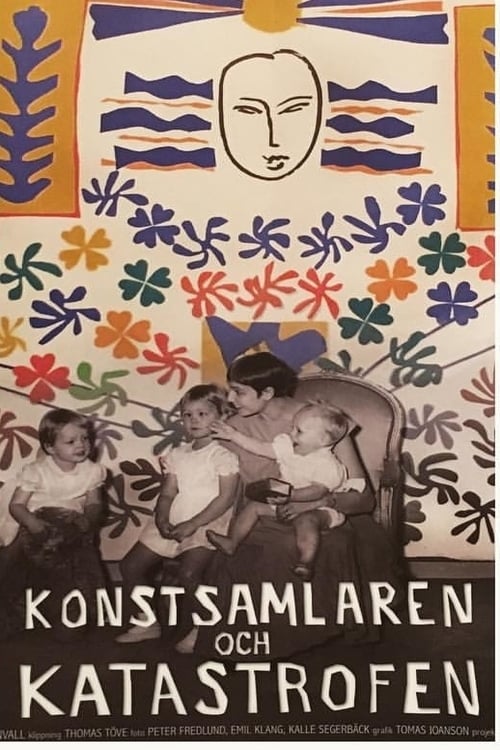
"The Art-collector and the catastrophe" - The untold story of how Sweden lost a world class art collection. Private art collector Theodor "Teto" Ahrenberg obtained art directly by artists like Picasso, Chagall and Matisse. He became friends with the international artists elite. And therefore developed a conflict with the Swedish art establishment. The Director of the Modern museum Pontus Hultén became his nemesis. Revenge to Theodor Ahrenberg would be creating his own art museum of Stockholm. Designed by world-famous architect Le Corbusier.
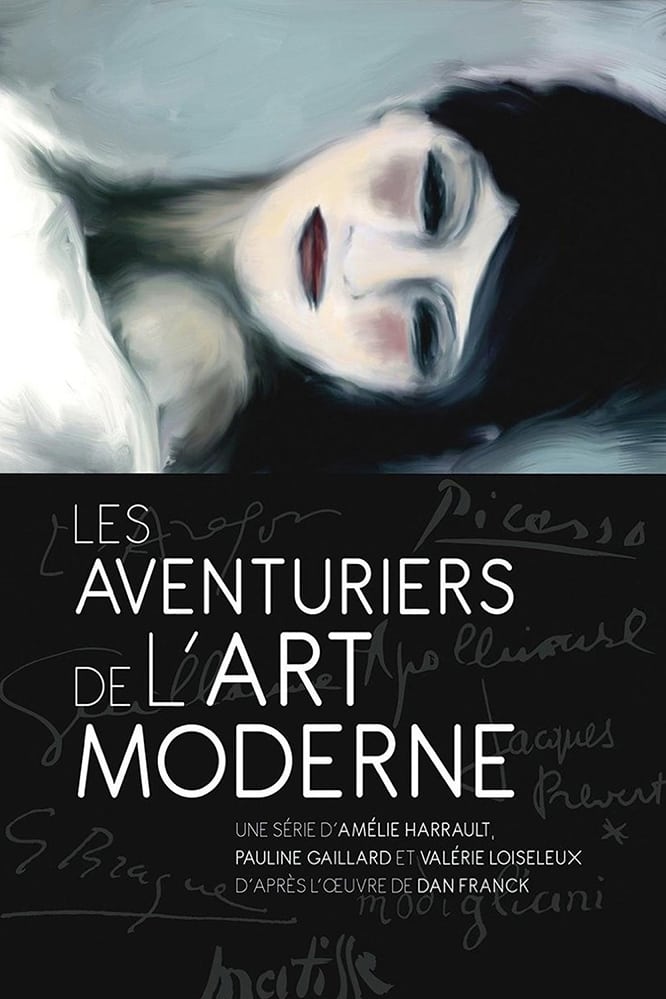
Pablo Ruiz Picasso (25 October 1881 – 8 April 1973) was a Spanish painter, sculptor, printmaker, ceramicist and theatre designer who spent most of his adult life in France. One of the most influential artists of the 20th century, he is known for co-founding the Cubist movement, the invention of constructed sculpture, the co-invention of collage, and for the wide variety of styles that he helped develop and explore. Among his most famous works are the proto-Cubist Les Demoiselles d'Avignon (1907), and the anti-war painting Guernica (1937), a dramatic portrayal of the bombing of Guernica by German and Italian air forces during the Spanish Civil War. Picasso demonstrated extraordinary artistic talent in his early years, painting in a naturalistic manner through his childhood and adolescence. During the first decade of the 20th century, his style changed as he experimented with different theories, techniques, and ideas. After 1906, the Fauvist work of the older artist Henri Matisse motivated Picasso to explore more radical styles, beginning a fruitful rivalry between the two artists, who subsequently were often paired by critics as the leaders of modern art. Picasso's work is often categorized into periods. While the names of many of his later periods are debated, the most commonly accepted periods in his work are the Blue Period (1901–1904), the Rose Period (1904–1906), the African-influenced Period (1907–1909), Analytic Cubism (1909–1912), and Synthetic Cubism (1912–1919), also referred to as the Crystal period. Much of Picasso's work of the late 1910s and early 1920s is in a neoclassical style, and his work in the mid-1920s often has characteristics of Surrealism. His later work often combines elements of his earlier styles. Exceptionally prolific throughout the course of his long life, Picasso achieved universal renown and immense fortune for his revolutionary artistic accomplishments, and became one of the best-known figures in 20th-century art. Picasso was born at 23:15 on 25 October 1881, in the city of Málaga, Andalusia, in southern Spain. He was the first child of Don José Ruiz y Blasco (1838–1913) and María Picasso y López. Picasso's family was of middle-class background. His father was a painter who specialized in naturalistic depictions of birds and other game. For most of his life, Ruiz was a professor of art at the School of Crafts and a curator of a local museum. Ruiz's ancestors were minor aristocrats. Picasso's birth certificate and the record of his baptism include very long names, combining those of various saints and relatives. Ruiz y Picasso were his paternal and maternal surnames, respectively, per Spanish custom. The surname "Picasso" comes from Liguria, a coastal region of north-western Italy. Pablo's maternal great-grandfather, Tommaso Picasso, moved to Spain around 1807. ... Source: Article "Pablo Picasso" from Wikipedia in English, licensed under CC-BY-SA 3.0.
By browsing this website, you accept our cookies policy.